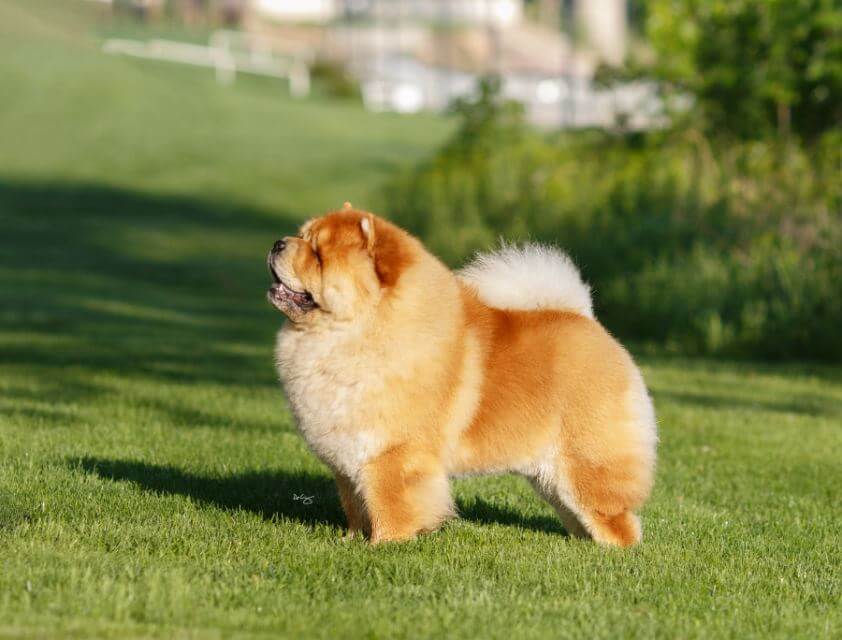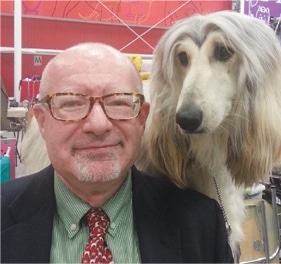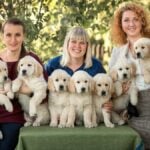
Home » Owner-Handler Interview With Ralph Silva
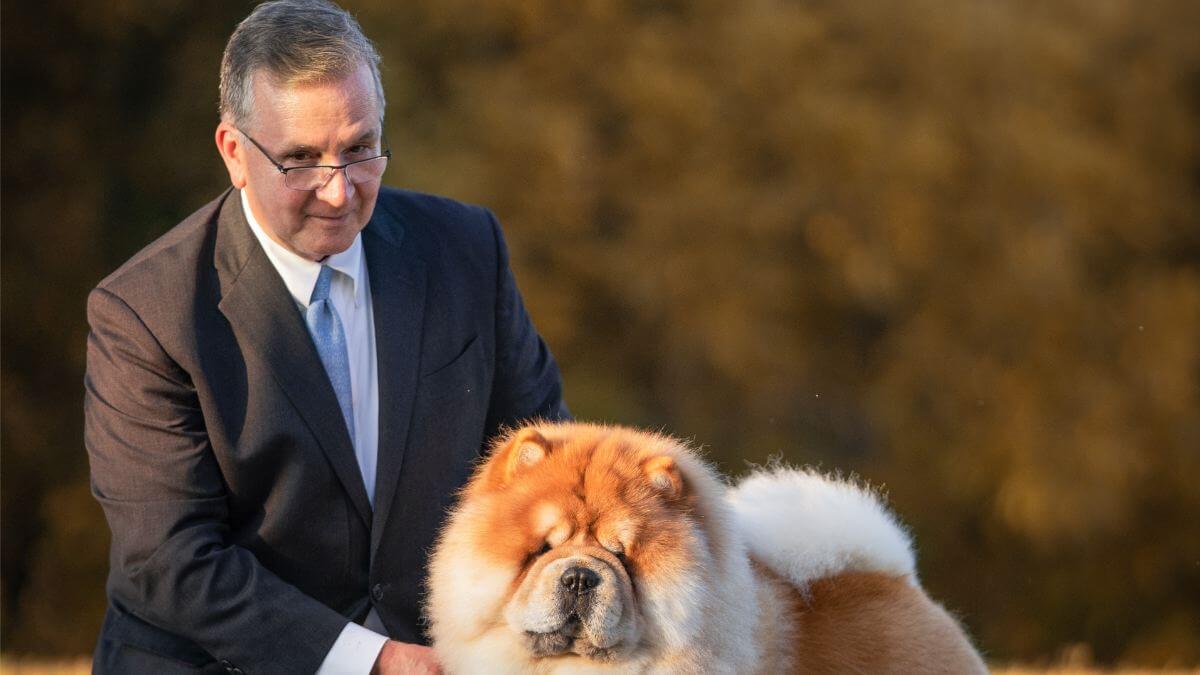
Ralph Silva: I grew up in Pensacola, Florida. We lived in a suburban neighborhood until I was 10 years old, then we moved to a 10-acre property “in the country” about 20 minutes north of town.
Ralph Silva: My family always had at least one dog. After seeing Disney’s 101 Dalmatians as a young child, I decided I really needed a Dalmatian. My parents insisted I save the money myself to buy a puppy, and wait until we had a bigger yard so the dog would have plenty of room to exercise. Once we moved, I began the search for a Dalmatian puppy. I bought “Belle” from a local family who had bred their pet Dalmatian. I enrolled her in Obedience school and showed her to her CD title. The Obedience instructor encouraged me to look for a better-quality Dalmatian and get involved in Conformation showing. I saved up and bought a second Dalmatian from a breeder who encouraged me to show her. I began showing her in Conformation and Junior Showmanship. The interest in breeding developed later.
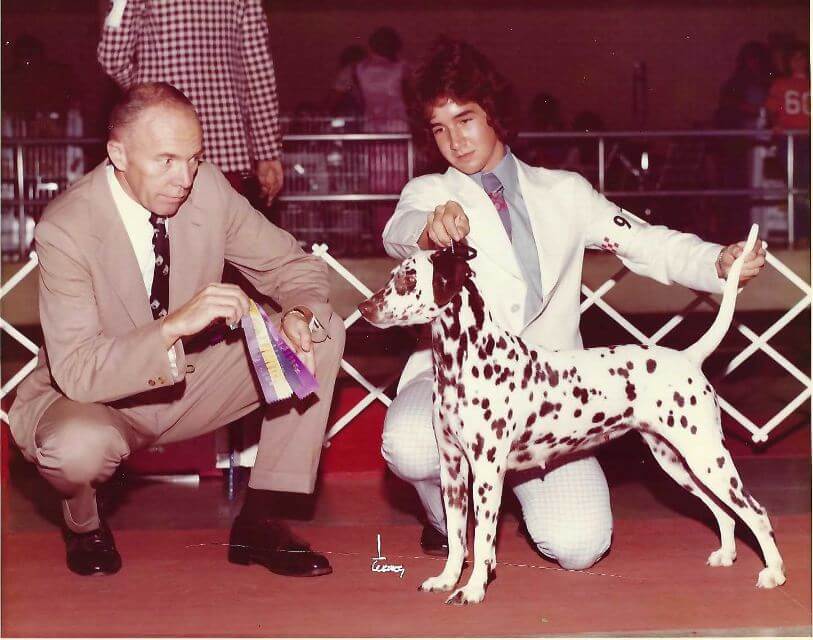
Ralph Silva: When I was starting out in Junior Showmanship, Joanne French, who bred Yorkies under the Jofre prefix, sponsored and started the Pensacola Junior Handlers Association with the support of the Pensacola Dog Fanciers Association. The PJHA met weekly for training and practice sessions. After a little practice, we took turns being the judge and handling one another’s dogs so that we all got great and varied experience. Mrs. French taught us about handling and the importance of being a gracious winner as well as a gracious loser. Several of us qualified for the national Junior Showmanship Finals at Westminster over the next several years.
Once I started having some success in the Junior Showmanship ring, since my parents weren’t dog show people and I wasn’t yet old enough to drive, I began to travel to shows with other local dog show enthusiasts. I often traveled to shows with Virginia Davis and her husband, Bill, who bred Pomeranians and all three varieties of Poodles under the Wynningways prefix. Several days a week, I would go to their house after school and learn Poodle grooming from Mrs. Davis. I also traveled frequently with Johanna Traynham, who showed Standard Poodles and Whippets. I learned a great deal from all of them, and wouldn’t have been able to show nearly as much without them.
We were often at shows the entire day, and when I had time, I watched some of the top professional handlers in our region at work, and learned by watching. I enjoyed watching Houston and Toddie Clark, Jeffrey Lynn Brucker, and John and Georgia Murdock. Because I was so often traveling with Poodle people, I also learned a lot about grooming by watching Bobby Peebles, Pat Norwood, and Dennis McCoy.
I had the opportunity to work for several weeks for terrier handler Michael Kemp. That’s when I began to fully appreciate how hard professional handlers work. Mike taught me a bit about terrier grooming, and for a few years afterwards would ask me to show some of his dogs when he had conflicts.
I got my first Chow Chow from Barbara Becker in 2005, and my second in 2007. Barbara, along with Kurt Williams who owned the sire of my first two Chows, was my only contact in the Chow world until I began showing much later. Since I began showing again in 2020, I think all the Chow breeders and exhibitors I’ve met have been very helpful to me. You’ve had long periods of your life (university, work-related travel, living in big cities) when you couldn’t have dogs and compete in the sport.
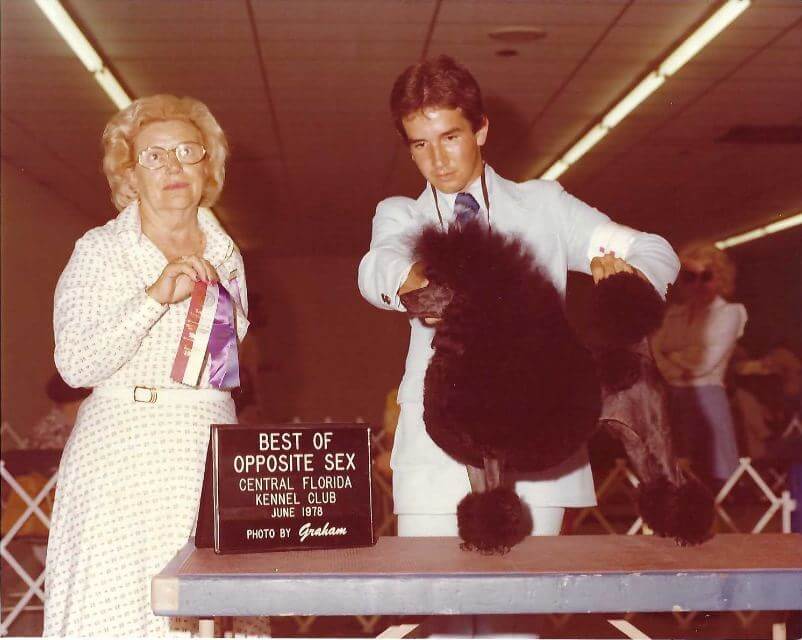
Ralph Silva: I lived away from home during college. I took a dog with me and tried to keep up with showing during the first year, but I found I was over-extended and gave up showing. For the next few years, I would go to shows as a spectator and occasionally take a dog in the ring for a friend. Once I began working I stayed in touch with some of my old dog show contacts, but mostly watched the televised dog shows. Living in New York City for many years, I was able to go to Westminster. We also included a visit to Crufts in a vacation to England.
Ralph Silva: “Quin” came to live with us when his breeder and lifelong companion, Barbara, was in the hospital in the final stages of her battle with cancer. Quin visited her in the hospital and seemed to sense what was happening, but he also showed signs of grieving and feeling abandoned. Once he chose me as his person, he started having serious separation anxiety. He would sit by the door and cry even when I left briefly to put out the trash or collect the mail, then greet me as though I’d been gone for months. The separation anxiety has moderated, but I’m afraid if I sent him away with a handler he might go through another difficult transition.
I’ve also felt showing Quin would reintroduce me and the dog show world to one another. I’ve learned so much and have met so many wonderful people. Quin is a lot of fun to show, and I would miss him too much if we sent him out with a handler.
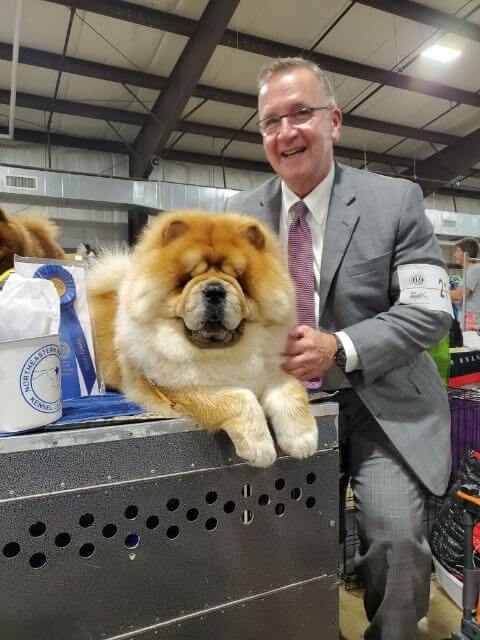
Ralph Silva: Professional handlers have been very kind and helpful to me, giving me tips on grooming and judges’ preferences, and generally encouraging me. Before Quin had won anything significant, one handler approached me and told me he thought I could make Quin the No. 1 Chow, well before that thought had ever crossed my mind.
Many judges have also been helpful and kind to me, offering words of encouragement and the occasional handling or grooming tip. Please comment positively on the current state of your breed (Chow Chows), and what issues might bear watching.
Chow fertility seems to be more complicated than in other breeds I’ve owned. The sport has changed greatly since you first began as an exhibitor.
Breeders’ efforts to improve temperament have been a huge success. So many people have stories about a vicious Chow they encountered as a child. In my 19 years of involvement with the breed, I have not encountered a vicious Chow. There also appears to be greater awareness of health testing. As with many breeds, we need to bring more people into the Chow fancy.
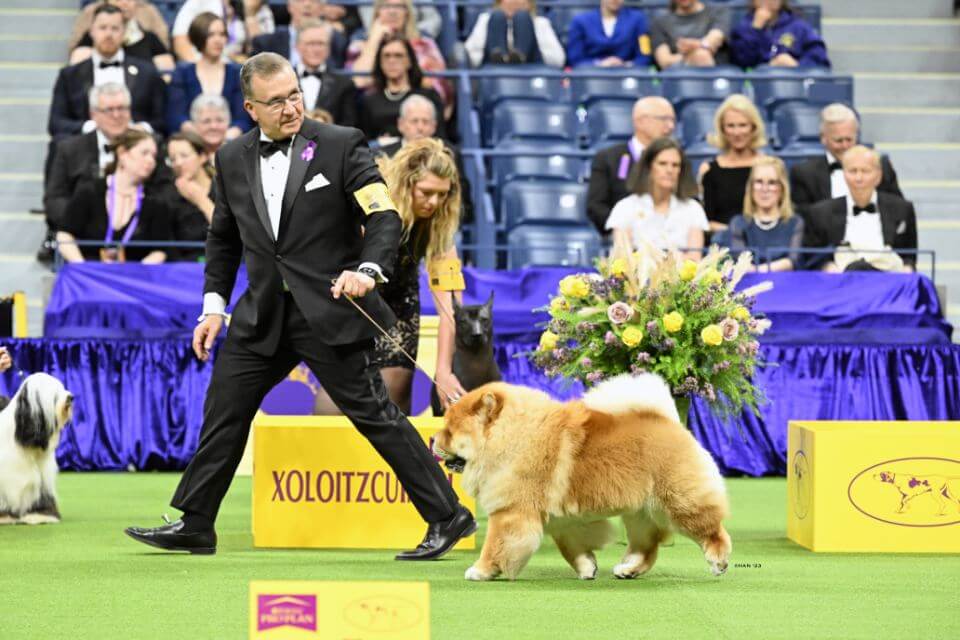
Ralph Silva: Some of the more notable changes that occurred during my time away are the introduction of the NOHS and Grand Championship programs, limited registrations, scientific advancements including DNA testing, the proliferation of doggy dog cares that require early spaying and neutering, and the preponderance of show clusters. Breeding has become a great deal more complicated and expensive.
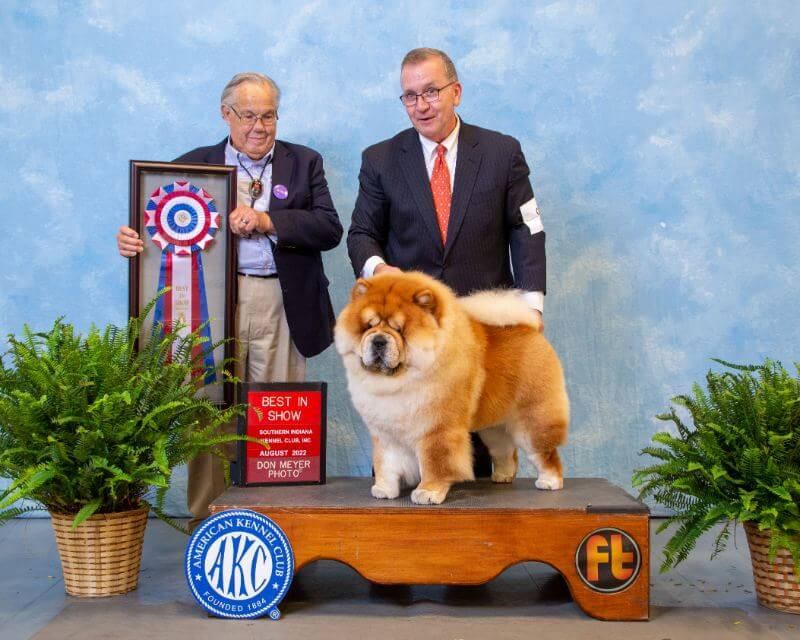
The introduction of the NOHS and Grand Championship programs, I think, keep more dogs showing longer, and keep more people involved in the fancy. Supporting and enhancing these programs are important.
The proliferation of dog show clusters has been a mixed blessing. Clusters are much more convenient for exhibitors, and more economical for everyone, but I fear they expose fewer people to the fancy. Perhaps having more “B” matches or Meet the Breeds events in cities and towns that no longer host dog shows would help.
The cost of breeding seems to have risen exponentially since my earlier involvement. Breeders should do what they can to help newcomers minimize costs without sacrificing the health or quality of the puppies produced.
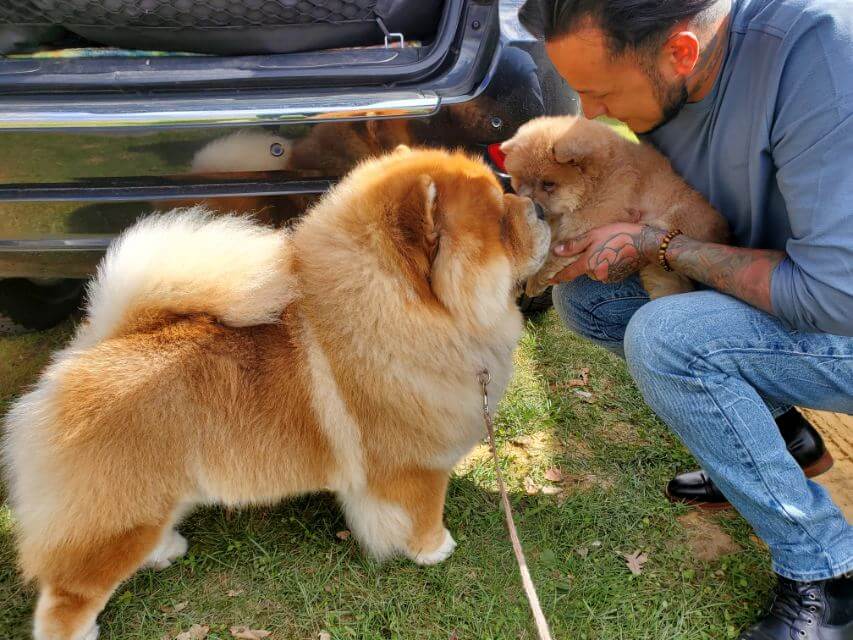
Ralph Silva: I’m pretty happy with the judging process itself. I think a judges directory that included, at a minimum, whether the judge had been a breeder or professional handler or both, what their breed(s) were, and whether they are still actively showing would
help exhibitors.
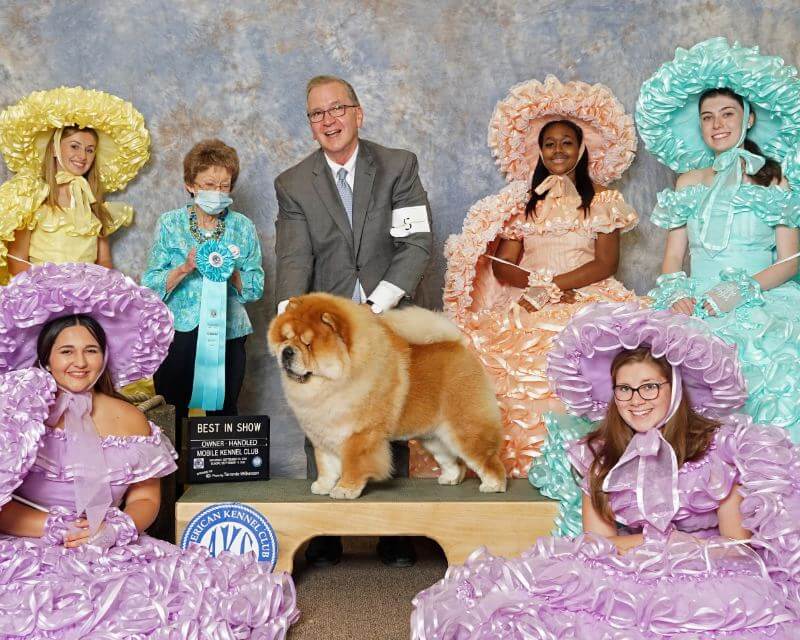
Ralph Silva: I’ve had several, but I think Quin’s first Best in Show in Owensboro, Kentucky, under judge John Wade, was a magical experience for me.
Ralph Silva: I hope I’ll be healthy enough to still enjoy my dogs and get around a show ring. I also hope there will be several exhibitors, and maybe a few breeders, that I have encouraged along the way. Finally, tell us a little about Ralph outside of dogs: your past profession, your hobbies.
I worked at a large public accounting firm long enough to earn my CPA, then moved to a large bank where I worked as an accountant for 34 years. I had traveled outside the United States only twice, to Mexico and England, when my boss asked me to transfer to Tokyo for 12 to 18 months. I lived and worked in Tokyo for five years, then Zurich for a year, Hong Kong for two years, and Tokyo for two more years before returning to New York. International travel became my main hobby, though that’s been put on hold since I began campaigning Quin.
